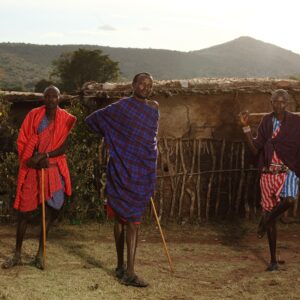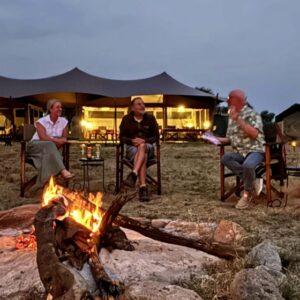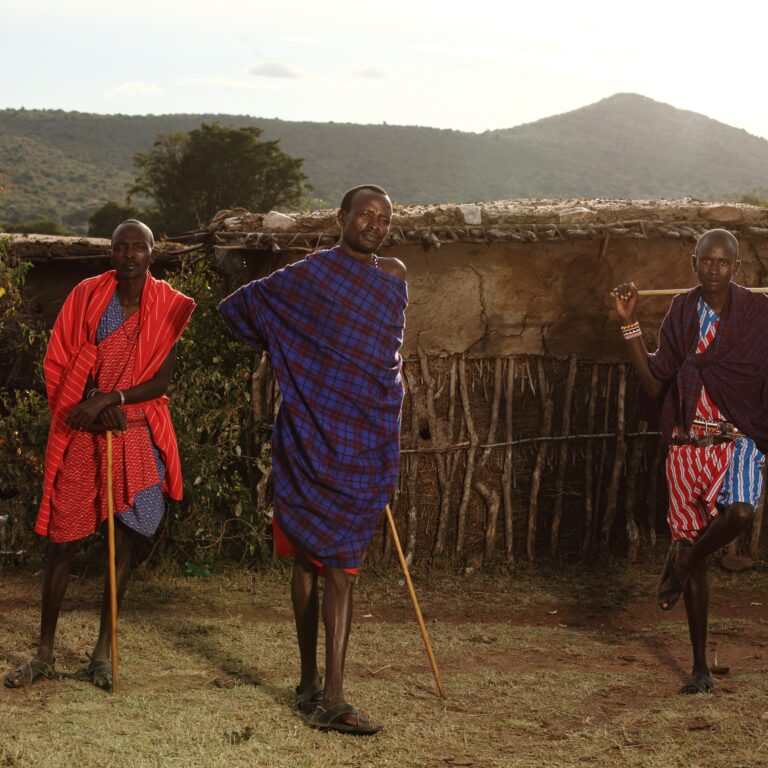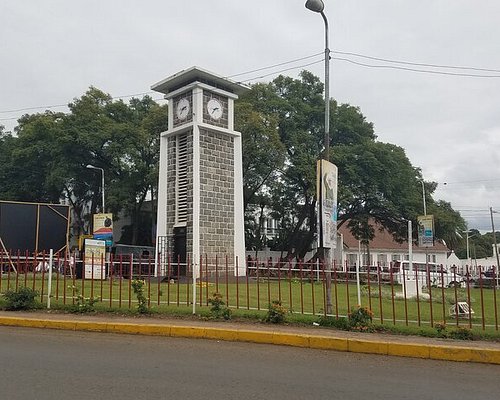The “green season” in Tanzania, which typically spans from November to May, offers unique and compelling reasons to consider a safari, particularly for those seeking a more intimate and budget-friendly experience. Dramatic landscapes, abundant wildlife, excellent birdwatching opportunities, and fewer crowds make it an attractive alternative to the peak dry season. When planning a safari in Tanzania, the natural inclination is to aim for the dry season, from July to October. This is the peak season, known for its reliable dry weather and concentrated wildlife around shrinking waterholes. However, savvy safari enthusiasts and photographers in the know have long championed a different time of year: the “Green Season.”
Running from November through May, with a lull in the heaviest rains during January and February, the Green Season is a period of dramatic transformation. The parched, dusty plains of the dry season are reborn Reasons to Give Green Season the Green Light, bursting into a vibrant tapestry of lush greenery. While some travelers fear the rain, those who give the Green Season the green light are rewarded with a unique and deeply rewarding safari experience. Here are the top 10 reasons why.
1. Unbeatable Value and Lower Prices
This often the most persuasive reason to choose the Green Season. As it’s considered the “off-peak” time for tourism, safari lodges, camps, and tour operators offer significant discounts Reasons to Give Green Season the Green Light. You can enjoy the same incredible wildlife experiences and stay at luxurious lodges that would be prohibitively expensive during the peak season, all for a fraction of the cost. These savings can allow you to extend your trip, upgrade your accommodation, or simply make your dream safari more accessible.
2. Fewer Crowds and Greater Exclusivity
Imagine pulling up to a lion sighting with no other vehicles in sight, or having a vast savannah all to yourself. The reality of a Green Season safari. With fewer tourists, the national parks are wonderfully quiet, and game sightings feel more intimate and personal. There’s no jostling for position or waiting in line at park gates. You get to experience the wilderness in its purest, most tranquil state, a luxury that is increasingly rare in popular safari destinations.
3. The Landscape is Reborn: A Photographer’s Dream
The Green Season a visual masterpiece. The relentless golden-brown and dusty hues of the dry season are replaced by vibrant greens and blooming wildflowers Reasons to Give Green Season the Green Light. The air, cleansed by the rain, is crystal clear, and the light softer and more diffused, perfect for photography. Dramatic, towering storm clouds create magnificent backdrops and spectacular sunsets, adding a layer of character and mood to every photograph. Forget the hazy skies of the dry season; this is when the African landscape truly pops with color.
4. Baby Animals Galore!
The abundance of water and fresh grass makes the Green Season the prime birthing period for many species. The plains are suddenly filled with adorable newborns—wildebeest calves, zebra foals, and baby antelopes. Witnessing a wobbly-legged calf take its first steps or a lioness tenderly caring for her cubs is a heartwarming and unforgettable sight. This is a time of renewal and new life, a joyous contrast to the brutal realities of the dry season.
5. Witness the Spectacular Wildebeest Calving Season
While the iconic river crossings get all the attention, the wildebeest calving season in the southern Serengeti and Ngorongoro Conservation Area from January to March is a spectacle in its own right. Hundreds of thousands of wildebeest gather on the short-grass plains of Ndutu to give birth, with as many as 8,000 calves born each day at the peak. This concentration of newborns an irresistible draw for predators, making it a time of intense predator-prey action that rivals the drama of the river crossings.
6. A Haven for Birdwatchers
For avid birders, the Green Season is the ultimate time to visit. Migratory birds from Europe and Asia flock to Tanzania, joining the resident species in a vibrant display of color and song. The lush landscapes and replenished water sources provide a paradise for a huge variety of birdlife. Even if you’re not a dedicated birder, the sheer number and diversity of species—from colorful rollers to majestic storks—are a captivating sight.
7. Witness Incredible Predator Action
The presence of so many vulnerable young animals means that predators highly active and well-fed. Lions, cheetahs, leopards, and hyenas take advantage of the abundant prey, leading to dramatic and thrilling hunting scenes. While the tall grass can make spotting animals a little more challenging, expert guides know where to look. You might even see predators using elevated vantage points like termite mounds or kopjes to survey the landscape for their next meal.
8. Less Dust and More Comfortable Temperatures
The dry season can be characterized by intense heat and a thick layer of dust that coats everything. The rains of the Green Season settle the dust, leaving the air fresh and clean. While there can be high humidity, the temperatures are often more moderate than in the peak of the dry season, making game drives and other activities more pleasant.
9. Longer Daylight Hours
During the summer months in Tanzania, which coincide with the Green Season, the days are longer. This means more hours of daylight for game drives and enjoying the stunning scenery. You can wake up a little later without missing the action and enjoy longer evenings for sundowners and relaxation at your lodge.
10. A Deeper Connection with Nature
A Green Season safari offers a more authentic and immersive experience. The feeling of solitude and the quiet hum of the revitalized ecosystem allow for a profound connection with nature. You can appreciate the intricate cycles of life and renewal without the distractions of a crowded park. It’s a chance to see Africa not as a static postcard, but as a living, breathing, and ever-changing landscape.








